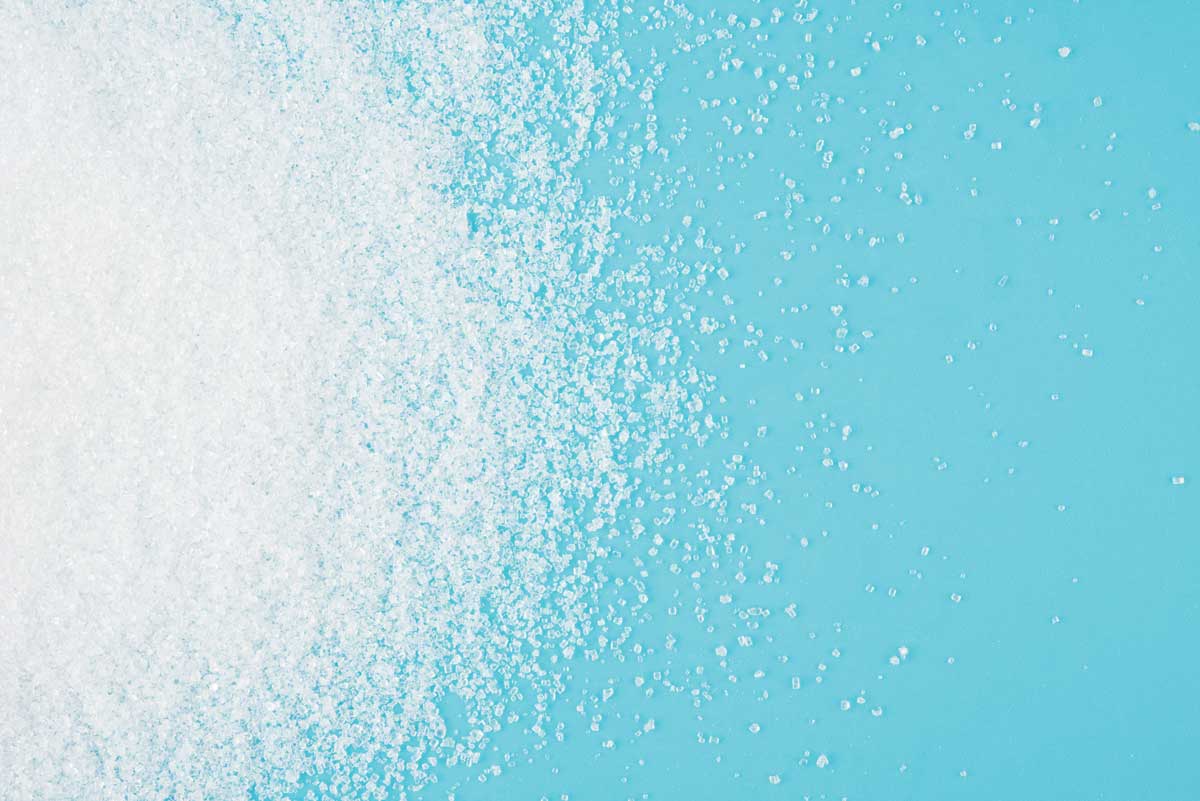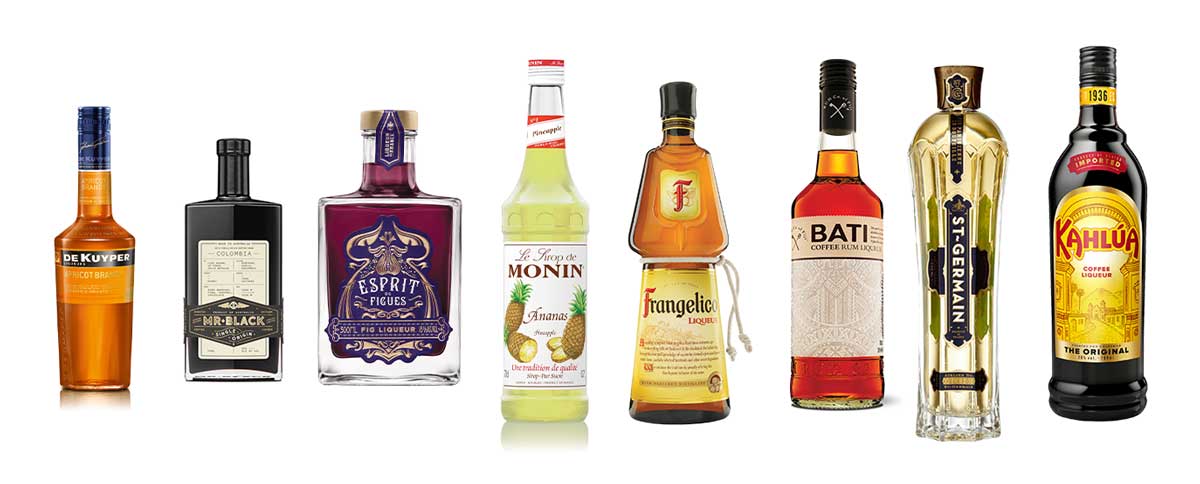
We’re hardwired to seek out sweetness, and there’s no more potent delivery vehicle than a liqueur
Liqueurs are oft maligned drinks, especially in these times when everything sweet is seen as a nefarious sugar-delivery system. The fact remains, however, that we need an element of sweet to balance our drinks, and many of the world’s great drinks need a dash or two of a liqueur to make them what they are: the Sidecar needs triple sec, a Last Word is not a Last Word without Chartreuse — the list goes on.
Liqueurs have a long history; today, many brands have roots from the 1600s (De Kuyper dates all the way back to 1695). The monks at Chartreuse, for example, have been making their secret recipe since 1737. And it’s suggested that Goldwasser, a herbal and root driven liqueur that contains 22 carat gold flakes was a particular favourite of the Russian Tsar Peter the Great. Liqueurs, obviously, have been around a long time.
How are liqueurs produced?
The world of liqueurs is a wide one. They are made all over the world, and that means that there’s no hard and fast rules on how they ought to be made — though the EU has some definitions. There are a few different techniques for making them, outlined here.
Maceration and infusion
The flavour component of the liqueur is steeped in alcohol to extract flavour from the ingredients. In the case of infusions, heat may be applied (often more necessary for hard spices which release their character slower without heat).
Distillation
Common with liqueurs like triple sec, this involves the distillation of the botanicals used. For triple sec, this might be orange peels that are macerated in the spirit before being distilled thrice. Distillation requires additional sugar to be added afterwards, because, you know, there ain’t no sugar left after a distillation party.
Maturation
Some liqueurs, like Grand Marnier, will see periods of maturation in wood — in Grand Marnier’s case, it is for a period of one month in oak vats, which rounds out the finished product and adds complexity.
Percolation
The neutral spirit flows through the flavourings as liquid or a vapour.
Distillation and steam distillation
By distilling a wash or a wine with the flavourings in the mix. In the case of steam, steam extracts the flavour from the ingredients which is then recondensed.
Thanks to the European Union’s desire to have everything written down and categorised, we’ve got some healthy guidelines as to what exactly constitutes a liqueur of the crème de variety.
Liqueurs in the EU are required to have a minimum of 100g of sugar per litre. Incidentally, that’s roughly the same amount of sugar per litre as Coca Cola.
Definition
Four things to know about the EU’s definition of a liqueur:
- A minimum 100g/L of sugar.
- To be labelled a “crème de”, it must have a minimum sugar content of 250g/L.
- Unless it is a crème de cassis, which must be a blackcurrant liqueur with a minimum of 400g/L of sugar.
- It must be a minimum of 15% ABV (except in the case of advocaat, which is allowed to be as low as 14%).
 A locker of liqueurs
A locker of liqueurs
De Kuyper Apricot Brandy
This release seeks to give bartenders a hand in recreating the classics. Made from crushed kernels and fresh apricot, the distillate is blended with brandy. Bacardi-Martini
Mr Black Single Origin Colombia
Highlighting a “honey” processed coffee of the Caturra variety, there are notes of fig, caramel, dark berries and chocolate on the palate. SouthTrade
Esprit de Figues
Made in France using fresh Bordeaux figs and French technique, this liqueur is designed to mix well with other ingredients and pours a pale mauve colour in the glass. Think Spirits
Monin Pineapple Syrup
Yeah, we know it’s not strictly a liqueur, but it does offer another avenue for putting sugar and flavour into your drinks. Stuart Alexander
Frangelico
One of the most recognisable proprietary liqueurs out there. Frangelico is a hazelnut liqueur that is blended with select herbs and spices. Campari Australia
Bati Coffee Rum Liqueur
Made using two year old Bati Fijian White Rum, there are aromas of fresh ground coffee, with light sweetness and a mocha finish on the palate. CCA
St Germain
Made from freshly picked elderflower blossoms, St Germain possesses a purity of flavour, with characters that suggest pear, peach and grapefruit — it’s a delicate, subtle flavour unique to St Germain. Bacardi-Martini
Kahlua
In hot demand for Espresso Martinis, Kahlua was created in Veracruz, Mexico, in 1936. Pernod Ricard


